Where the Servants Serve
Detailing outreach initiatives will help the diaconate going forward
Deacon Joseph R. Ferrari 1
Deacons are called to serve, but who, where, when and how? There are unanswered questions about the service of Catholic deacons. While most people think of the usual diaconate ministries — for example, assisting, preaching on the altar, wedding preparation, baptisms, wakes, hospital and health care prayer services, etc. — knowing where deacons serve outside of the usual might assist directors and bishops in more effective planning within their dioceses.
The Center for Applied Research in the Apostolate (CARA) conducts surveys across dioceses across the country, asking directors about where and how their men are serving. This information is necessary for macro-level planning, but it may not be enough to understanding micro-level ministries.
With support of the National Association of Diaconate Directors (NADD), we posted in 2013 an online survey for four months to a random half of the U.S. deacon population across eight regions, yielding a respondent sample of 1,997 deacons. We asked respondents to complete several open-ended questions on their ministries in or outside the parish, activities promoting ecumenism and views of male spirituality (see sidebar).
With this current piece, a review of several scholarly journal publications is highlighted. These results were based on 1,210 deacons (over 60% of the whole sample) who made time to complete open-ended, qualitative questions. They provide initial insight into deacon ministries, informing us where we serve.
Ministries of Deacons
A total of 549 deacons cited 78 unique ministries — more than twice as many parish-centered ministries (54) compared to community outreach ministries (24). A total of 74.1% of deacons reported they engaged in parish-centered ministries almost exclusively, usually serving at sacraments, liturgies, blessings and sick calls. Moreover, 25.9% of the deacons reported community-based ministries — for example, food pantries, homeless-shelter services, nursing home services and visits. The study found that the target populations served did not differ significantly between geographical region or location of the diocese, reflecting that one may find deacons performing similar activities across the country.
Next, the study targeted 265 respondents who claimed they focused on different types of chaplain ministry. We found that despite the setting (hospital, nursing home, etc.), deacons reported the same level of religious commitment to God. However, deacons in prison and jail ministry claimed to be less agreeable in personality than chaplains who served in hospitals. Deacons in hospital ministry reported higher levels of conscientiousness than prison chaplains and “other” chaplains. There were no significant differences among chaplaincy ministries on their altruistic calling, emotional healing or organizational stewardship skills.
These results suggest that Catholic deacons serve in both home-parish and local community settings, offering service to various needs. One might not be surprised by these results, but they tell us that, at least in chaplaincy, there may be different personality traits for service. Given their personality, some deacons may be a better fit for hospital service rather than in a nursing care setting. These results suggest exploring the characteristics of deacons that would maximize their fit for service.
Deacons and Ecumenism
Still, the results above do not tell us the extraordinary activities that deacons engage. To begin understanding those ministries, in their own voices, we explored what the 1,210 deacons wrote about their ecumenical activities.
Our deacon respondents stated they explained Catholicism, and Christianity in general, as a chaplain in health care settings, prisons, nursing homes, even with deaf communities and in a local community garden designed for interfaith members. They hold interfaith group liturgies and educational activities in their parish, including Bible studies, prayer meetings and religious services where a specific faith discusses their rite — for example, a Seder dinner.
Deacons stated they facilitate or participate in common events with members of other faiths, such as visiting local planned family centers and holding pro-life meetings, collecting food from the community to restock food pantries and participating on local ecumenical councils for other Christian faiths. With Jewish communities, 64 deacons stated that they participated in funeral and wedding services with rabbis, Bible study classes, mental health ministries, religious educational programs on the Holocaust and the high holy days. With Islamic congregations, 50 deacons reported they worked closely in prisons or hospitals with joint prayer services, engaged in Catholic and Muslim youth services or rented parish space to a local Muslim community for worship.
This analysis indicated that there are numerous ways Catholic deacons are inclusive with brethren of other faith traditions. Given the current culture of division and lack of a faith-based understanding of life, these results are exciting and optimistic.
Now What?
We need to capture the voice of the Catholic deacon in ministry. Analyses from a large national data set of responses to open-ended questions helps us to understand who the deacon serves, where that service is provided and what those services may look like. But more is needed.
For instance, I am interested in deacons in higher education outside of seminaries and religious settings. How many deacons are faculty and staff at U.S. colleges and universities? Are they full-time employees, or do they work or teach part time? How do students and colleagues view these men of ministry? What are the dynamics of Catholic deacons working full time in secular colleges? One can generate many more questions.
In 2012, before my ordination, I wanted to gather a local support group of deacons in higher education from the Archdiocese of Chicago, which has more than 600 active deacons, and the Diocese of Joliet, which has more than 200 active deacons. I thought it was necessary to meet and talk about our challenges and successes as “teacher-preachers.” From this pool of nearly 1,000 deacons and deacon candidates, unfortunately, only two men — another man and myself, both in formation — were the only full-time faculty. If we want to model spirituality to women and to men and encourage activities of our faith to the next generation of Catholics (college and university students), it might be worth dioceses seeking to facilitate deacons working in higher education.
Of course, colleges and universities are only one of many nontraditional settings where deacons may serve. The point is, deacons live in the community and, as such, offer a wider range of ministries to their local diocese. As we engage in our next 50 years of service, let us begin and act on divergent ways deacons might serve in ministry.
DEACON JOSEPH R. FERRARI, Ph.D., serves in the Diocese of Joliet, Illinois. He is the St. Vincent de Paul Distinguished Professor of Psychology at DePaul University in Chicago. He also gives deacon retreats and is a motivational speaker.
…………………………………………………………………………………………………………………………………………………………………………………………………….
Deacons and Male Spirituality
The study of deacons examined the 1,210 written responses to an open-ended question on how these Catholic deacons reflect on “male spirituality.” From their comments, seven themes emerged:
• Modeling an involvement in the Faith by learning, sharing and participating in faith-focused activities to model for the laity how to be a Catholic man.
• Reflecting the dignity of all persons by showing respect to others, from spouses to authority figures — for example, Church administration and other clergy — and parish members.
• As men of faith, honoring commitments by starting and staying true to goals, and by modeling to other men perseverance by doing what they say they will do.
• Modeling to other men involvement within the community by being active on committees and simply by being visible at local parish activities such as RCIA classes, Knights of Columbus meetings, men’s club meetings, parish retreats and other events.
• Leading by example by showing others that they live a life of virtue, and also noticing and recognizing the good, moral deeds of others.
• Having a sense of openness and being approachable, being warm and welcoming, being a good listener who is trustworthy and relatable so they may confide for spiritual, marriage, fatherhood and other areas of guidance.
• Being a model of a man of faith through participation in religious services and sacramental and liturgical events on the altar.
• These characteristics that Catholic deacons — “clergy, living the lay lifestyle” — reflect to laymen of their communities are profound, indicating there is a special role that deacons may model to men, which may be different than those of priests and bishops.
……………………………………………………………………………………………………………………………………………………………………………………………………..

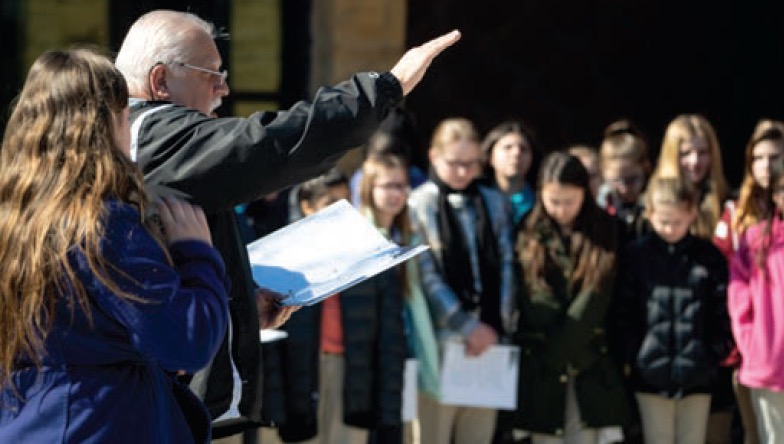
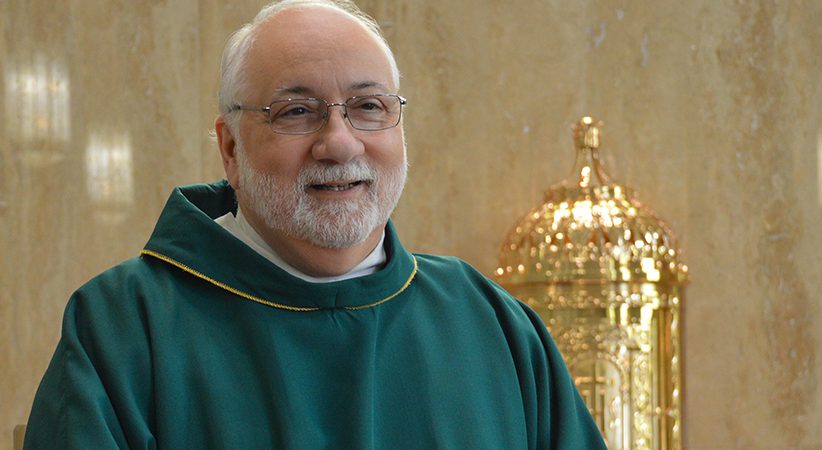
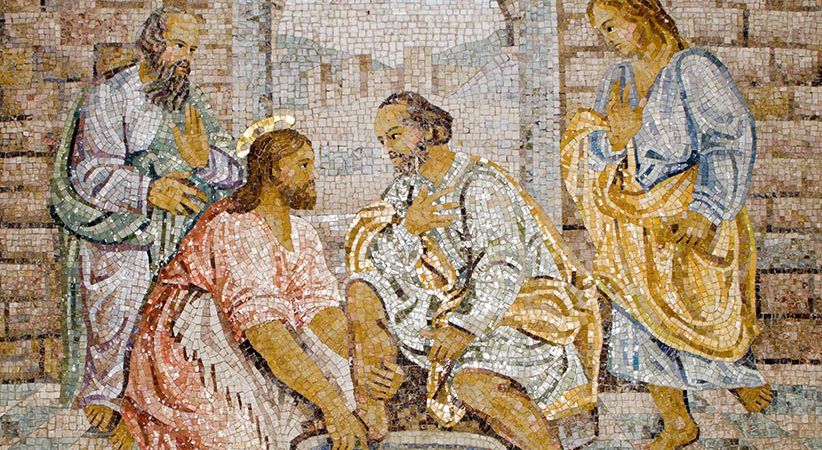
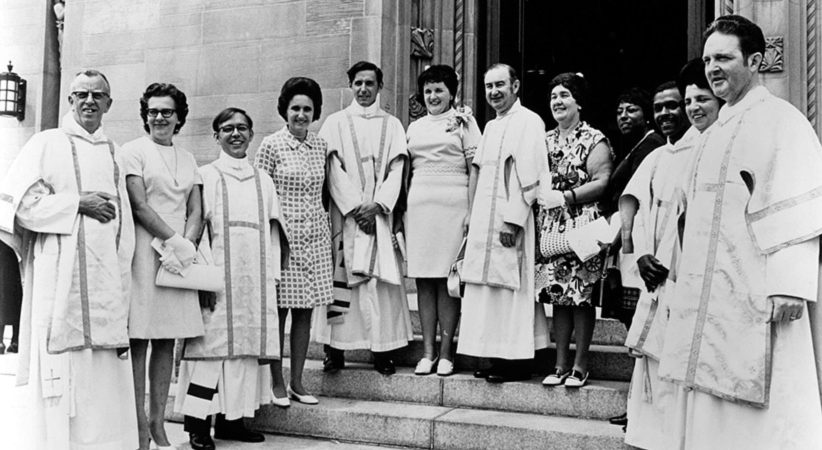
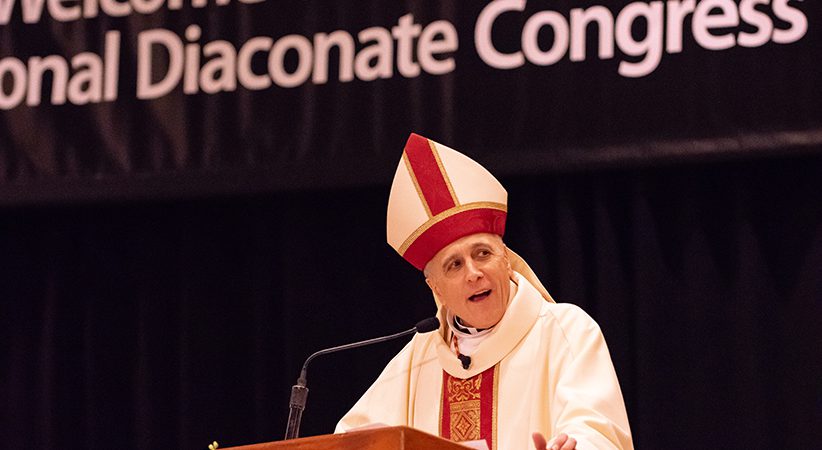
Comments are closed.